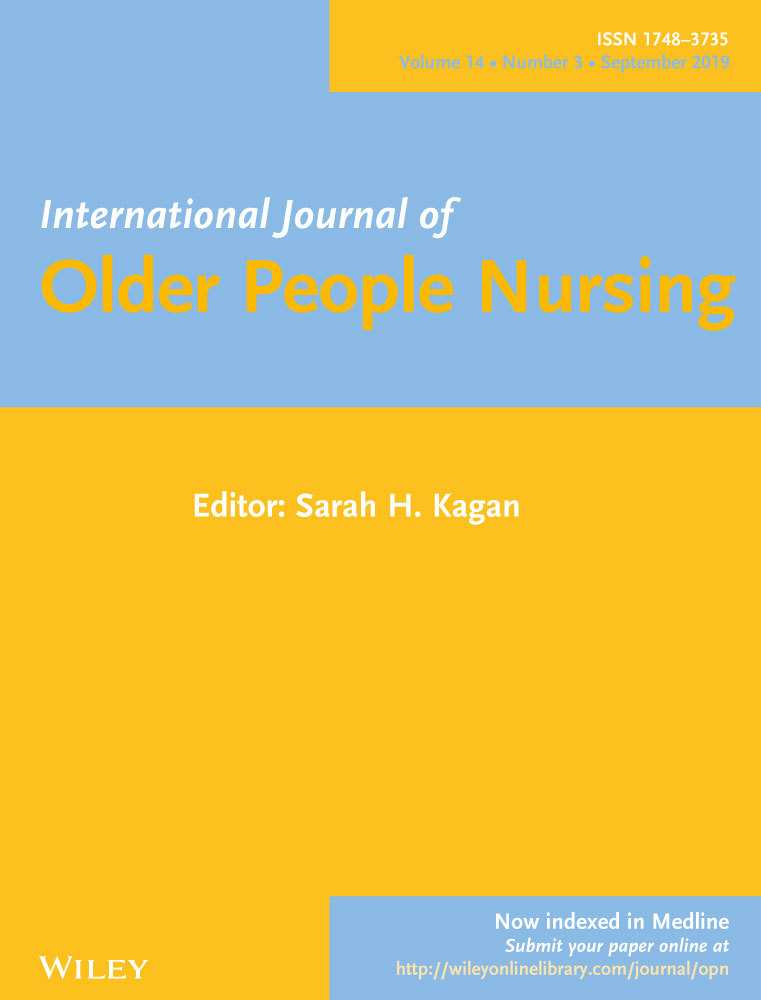Home modifications for older people with cognitive impairments: Mediation analysis of caregivers’ information needs and perceptions of fall risks
Funding information
This work was supported by Basic Science Research Program through the National Research Foundation of Korea (NRF) funded by the Ministry of Science, ICT & Future Planning [grant number 2015R1A5A1037548]. The funder had no role in the design, collection, analysis, interpretation, writing or decision to submit of this article.
Abstract
Aims and objectives
The aims were to (a) identify how many older people with cognitive impairments are living in modified homes and (b) explore associated factors, and (c) examine the mediating effects that their caregivers’ information needs and perceptions of fall risk and other factors.
Background
Older people and their informal caregivers may consider implementing home modifications as an effective strategy for fall prevention. However, there is a lack of information on which older people's homes receive modifications and the various factors associated with such modifications among community-dwelling older people with cognitive impairments.
Design
This cross-sectional and correlational study utilises a secondary data analysis.
Methods
The data for this secondary analysis were taken from the 2015 National Online Survey of Caregivers, which includes information provided by 226 adult caregivers for older people with cognitive impairments. Descriptive analyses, hierarchical binary logistic regression and structural equation modelling were performed based on the Andersen and Newman framework of health services utilisation.
Results
Overall, 46.5% of the older people lived in modified homes. Older people's impaired activities for daily living (ADLs), caregivers’ information needs and perceptions of fall risk were all associated with home modifications (all p values<0.05). Caregivers’ information needs mediated the relationship between impaired ADLs and home modifications (indirect effect = 0.026, p < 0.05), whereas the caregivers’ perceptions of fall risk did not.
Conclusions
Older people with both cognitive and functional impairments are more likely to modify their home on behalf of care recipient's staying at home. Caregivers’ information needs should thus be prioritized when considering home modifications to facilitate caring for older people with impaired ADLs.
Implication for practice
Nurses and other healthcare professionals should be prepared to offer appropriate information and comprehensive assessments of older people's conditions with regard to home modifications.
CONFLICTS OF INTEREST
None of the authors have any personal or financial conflicts of interest to declare.




